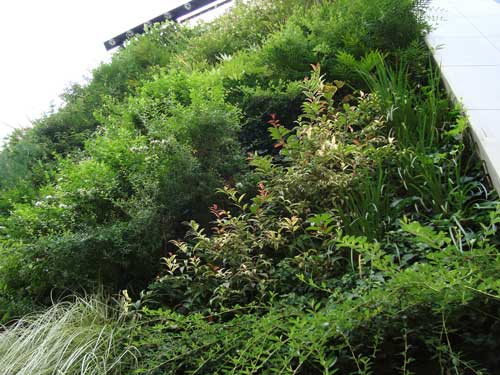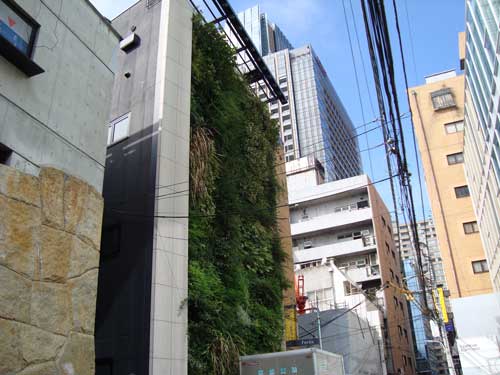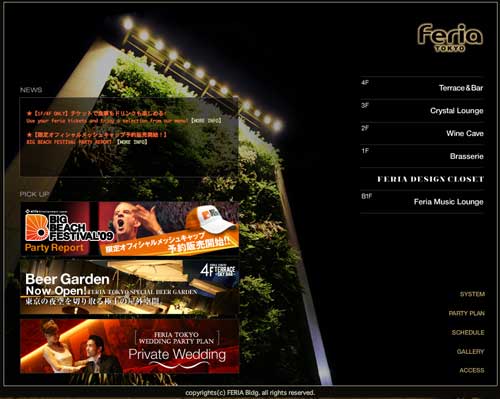
I attended a morning lecture at the University of Tokyo about landscape planning by Harvard Graduate School of Design professor emeritus Carl Steinitz. Many wonderful examples of Chinese, European and American large-scale landscapes, and a sense of continuity with Professor Steinitz’s professor and mentor, the illustrious urban planner Kevin Lynch.
My perspective on urban planning is far removed from lofty discussions of master plans. In my mind, Tokyo is a living city despite poor planning and governance. Those who believe in planning from above have difficulty in conceptualizing or benefiting from the enormous energy and capability of ordinary residents.
Leaving the lecture and on my way to a student cafeteria curry lunch, I was thinking these thoughts when I was struck by the autumn light against the mature trees and the shadows against the early 20th century brick buildings. There was a slight stench of ginko fruit. What a prefect visual and olfactory moment.
This week I have been very fortunate to hear several lectures by architects, urban critics, and landscape designers, including events at the Norwegian Embassy and Mori Building. It’s great to recognize so many talented people focused on urban environments and living with nature. I was also fortunate to share lunch with a Hitachi executive working on Smart City Business Management, a new division involved in global city projects. It was not surprising that he is a University of Tokyo alumnus.








